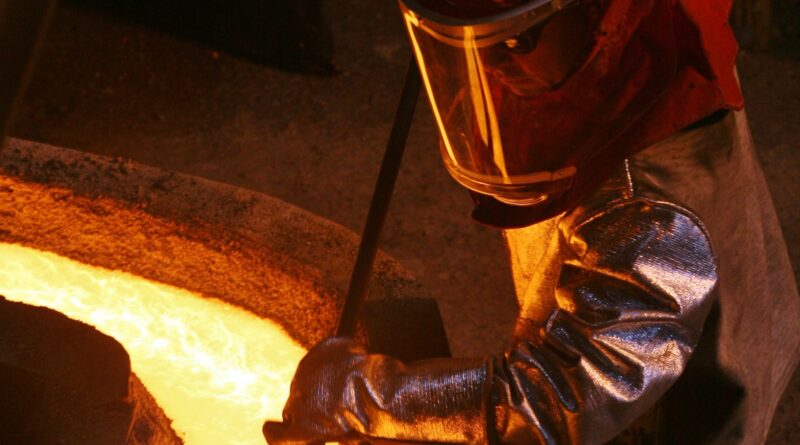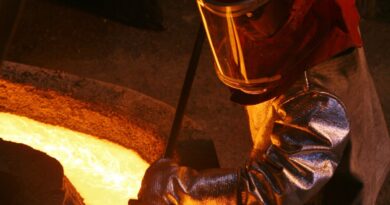Hydrogen as a replacement for natural gas in copper and zinc processes
In copper mining operations, 22% of emissions come from consumption in loading and hauling activities, and 10% is attributed to the smelting process.
Solvent extraction-electrowinning (SX-EW) processes represent 20% of global copper production, whereas the recycling of scrap copper accounts for approximately one third of the market.
In the copper industry, hydrogen can be used as an alternative to traditional fuels. Aurubis, a global supplier of non-ferrous metals, has been running trials that suggest hydrogen can replace natural gas in anode furnaces and replace ammonia in cathode shaft furnaces.
Hydrogen also has the potential to replace natural gas in the copper heating process and act as a reducing agent in slag-cleaning and anode furnaces.
Hydrogen use in zinc fuming processes
Zinc mining contributes 20% of the total CO2 emissions in the zinc value chain – mostly from electricity consumption during the crushing and grinding stages. Zinc smelting accounts for the other 80%.
In the smelting process, 80% of fossil fuel emissions come from the pyrometallurgical treatment of leach residues in the electrolytic process. Whereas imperial smelting furnace (ISF) and vertical retort (VR) processes, contribute 20%.
Hydrogen and ammonia are both promising alternatives to coal use, especially in the fuming process for zinc-contained residues. However, operational application is still in the trial stages and further kinetic studies are required in combination with large-scale experiments for validation.




